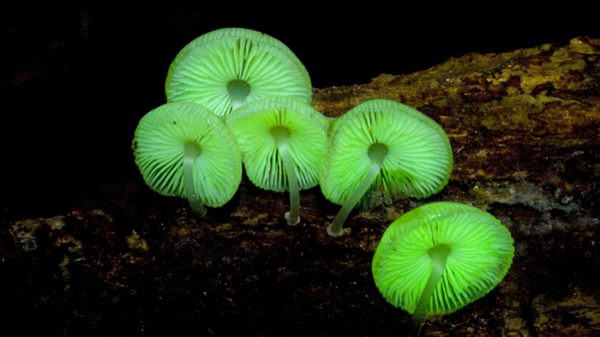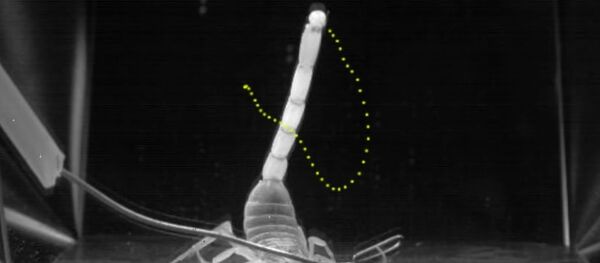People have known about bioluminescence for thousands of years. The phenomenon of organisms that generate bioluminescence was even studied and described by Aristotle, but it's only in the 20th century that scientists found out that the light-emitting compound is actually luciferin.
They obtained the luminous molecules of Neonothopanus gardneri cells. In Brazil, local people call this fungus "flor de coco" ("coconut flower") because it grows at the foot of the palm trees. With the help of special equipment, the scientists traced the structural changes of luminous molecules during the emission of light.
"In fungi, luciferin consists of two major parts. We decided to see whether the molecule will glow if we change one of those fragments," said Zinaida Osipova, a researcher from the Institute of Bioorganic chemistry, RAS.
Of the six analogs of luciferin the team of scientists synthesized, five remained active and glowed in different colors. Through this experiment, the biologists confirmed their discovery of the fungi bioluminescence mechanism and also found out how to manipulate this process. "Now we have ‘colorful mushrooms,'" the scientists jokingly admitted.
Besides the fundamental importance of the study, there is also a practical significance. Deciphering why fungi glow and obtaining luciferin analogs of different structures can be used to monitor environmental quality and also in medicine for clinical trials and drug discovery.




